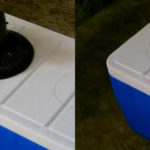When it comes to cooling devices for the hot summer days or peak sunny weather, one cannot overlook the humble yet effective electric fan. While it may not be as powerful as an air conditioner in terms of cooling capacity, fans are more commonly used, user-friendly, and energy-efficient.
There are various types of fans available in the market, offering a range of choices for families to select from based on their conditions and requirements. Some popular options include pedestal fans, box fans, table fans, ceiling fans, wall-mounted fans, and handheld fans. The basic mechanism of how these fans operate remains the same: through the rotational movement of the fan blades.
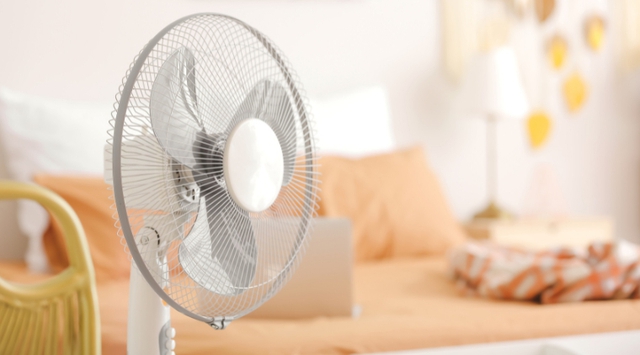
Illustrative image
When the fan is turned on, electricity powers the motor, which in turn rotates the fan blades, generating airflow and a cooling breeze for the user and the surrounding space. However, not all fans have the same number of blades, and this variation leads to a common question: Which is more effective, a fan with five blades or three?

Which is better, a three-blade or a five-blade fan? (Illustrative image)
Expert Explanation on the Number of Fan Blades
According to seasoned experts, the number of fan blades does not significantly impact the cooling effectiveness of the appliance. However, there is a fundamental principle at play here: The shorter the distance between the fan blades, i.e., the closer they are to each other, the more air the fan will generate. This also results in a more stable airflow.
When comparing a five-blade fan and a three-blade fan mounted on the same axis, the five-blade fan will have shorter distances between the blades, leading to closer arrangement of the blades compared to the three-blade fan. Hence, we can conclude that a five-blade fan produces better airflow than its three-blade counterpart.
Crestar Fan, a renowned company with extensive experience in fan consulting and sales in Singapore, and the recipient of numerous prestigious awards, also shares a similar opinion. They assert that fans with more blades tend to operate more quietly and smoothly. The increased number of blades can create more drag on the motor, resulting in an ideal balance between air circulation and noise levels.
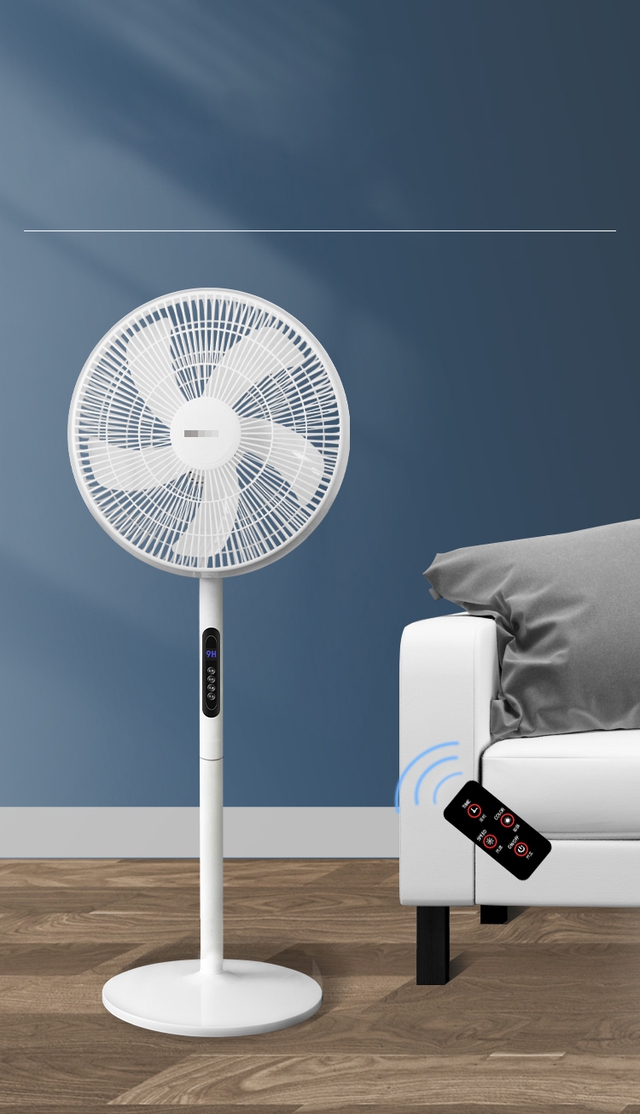
Five-blade fans are considered superior in terms of cooling performance (Illustrative image)
However, experts also note that three-blade fans are more energy-efficient. Since they have fewer blades, their rotational weight is inherently lighter, requiring less energy for operation.
The experts explain that when the fan blades rotate to generate airflow, there is a counterforce that can slow them down. This force is known as drag or air resistance, and it reduces the airflow while simultaneously increasing the energy consumption of the fan to maintain its performance.
Due to their energy efficiency, three-blade fans are commonly used in large industrial or public spaces where fans need to be operational for extended periods.
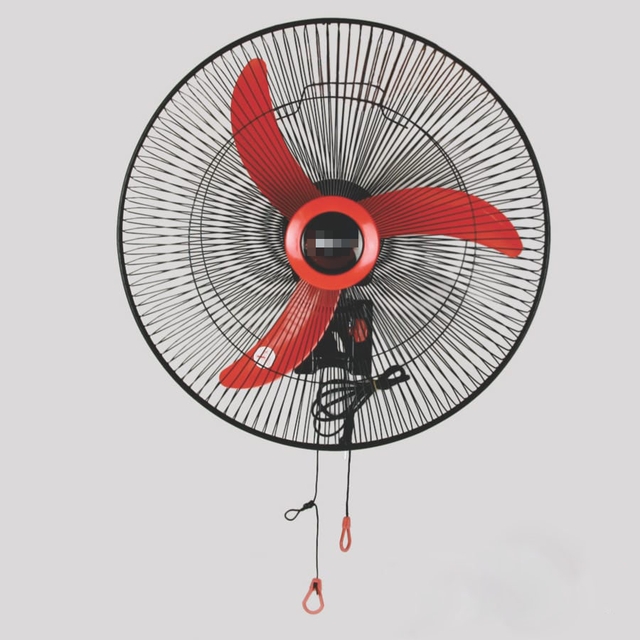
Three-blade fans are noted for their energy efficiency (Illustrative image)
Why Do Fans Typically Have an Odd Number of Blades?
You may have noticed that fans usually have an odd number of blades, and there’s a reason for this design choice. An odd number of blades ensures that the fan always has two symmetrical axes. This symmetry helps maintain balance and stability, even when the fan rotates at high speeds, thus ensuring safe and efficient operation.
Fans with an even number of blades, such as two, can experience resonance as the vibrations from each blade are transmitted to the other, potentially leading to fatigue and eventual breakage over time.
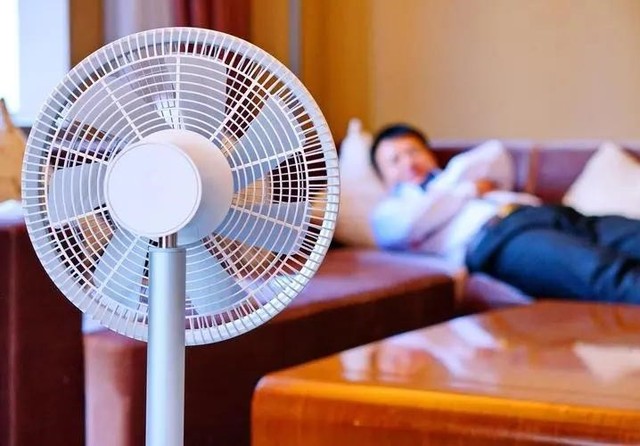
Fans typically have an odd number of blades (Illustrative image)
However, it’s worth noting that there are still fans on the market with an even number of blades, usually four. Four-blade fans produce less noise and are ideal for rooms with air conditioning, providing a gentle cooling effect and occasional use.
Apart from the number of blades, experts also highlight that other factors, such as the material, design, size, and angle of the blades, can influence the cooling performance of the fan to varying degrees.
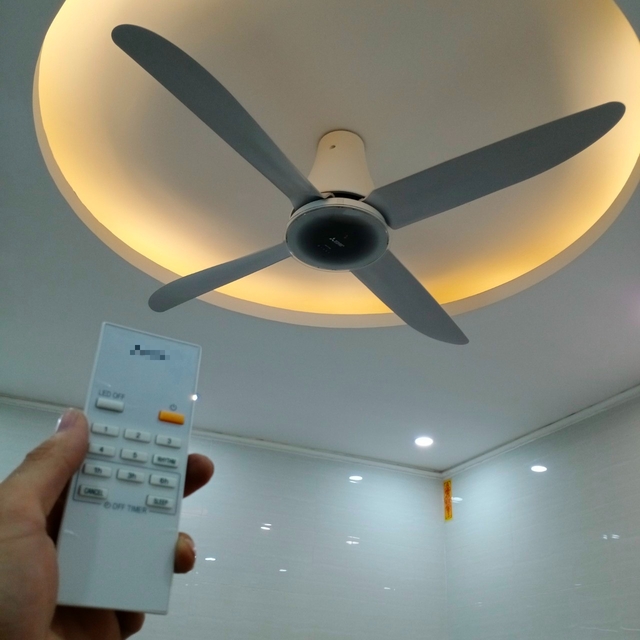
There are also fans designed with an even number of blades (Illustrative image)
For instance, the Fansonline Australia, an online fan distributor in Australia, points out that the weight of the blade material directly affects the overall weight of the fan. Heavier fans require a more powerful motor to generate a cooling breeze, which can inadvertently increase electricity consumption.
Additionally, the angle of the fan blades plays a role in the amount of airflow produced. Blades with a larger angle of inclination will push out more air, resulting in a stronger cooling breeze.
By understanding the intricacies of fan blades and other components, consumers can make well-informed purchasing decisions that align with their specific conditions and requirements.
7 Essential Summer Household Items to Have
As the sweltering summer days begin, it’s important to stay prepared to provide the best care and comfort for yourself and your family. To help, we’ve rounded up the essential products you need to beat the heat and keep everyone feeling their best. Check out our list of the top 7 must-have items to stay safe and cool down in those hot months.
Increases in Energy Efficiency Achieved with Slow Cookers
As the demand for convenient cooking continues to rise, more and more families, especially those with young children, are turning to slow cookers as a way to create healthy and tasty meals with minimal effort. With so many settings and benefits, slow cookers offer a great solution for busy households.
How to Make a DIY Home Air Conditioner: A Step-by-Step Guide for Keeping Cool
Beat the summer heat without breaking the bank! Our guide will show you how to make your own air conditioner using materials found around the house and no special tools needed! With global temperatures on the rise due to climate change, having an air conditioner at home can be a relief – and now it can be easy and affordable.



























